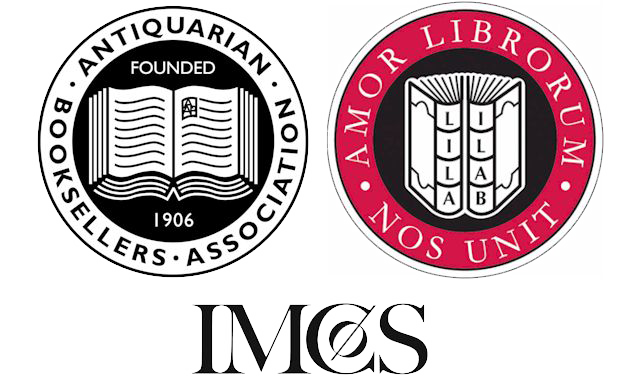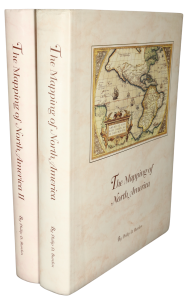Rare Maps and Prints
- World & Celestial
- North America
- West Indies, South & Central America
- British Isles
- British Isles
- English counties
- Large-scale
- Bedfordshire
- Berkshire
- Buckinghamshire
- Cambridgeshire
- Cheshire
- Cornwall
- Cumberland
- Derbyshire
- Devon
- Dorset
- Durham
- Essex
- Gloucestershire
- Hampshire
- Herefordshire
- Hertfordshire
- Huntingdonshire
- Islands
- Kent
- Lancashire
- Leicestershire
- Lincolnshire
- Middlesex
- Norfolk
- Northamptonshire
- Northumberland
- Nottinghamshire
- Oxfordshire
- Rutland
- Shropshire
- Somerset
- Staffordshire
- Suffolk
- Surrey
- Sussex
- Warwickshire
- Westmoreland
- Wiltshire
- Worcestershire
- Yorkshire
- Wales
- Scotland
- Ireland
- Western Europe
- Eastern Europe
- Middle East
- Africa
- Asia
- Australasia & Pacific
- Decorative Prints
- Title Pages
Mr. Philip D. Burden
P.O. Box 863,
Chalfont St. Giles, Bucks HP6 9HD,
UNITED KINGDOM
Tel: +44 (0) 1494 76 33 13
Email: enquiries@caburden.com
On 23 June 1681 Charles II commissioned Captain Greenvile Collins (d.1694) to make a survey of the coasts of Great Britain, a task undertaken between 1681 and 1688. Collins was an officer in the Royal Navy who from 1669 to 1671 had sailed with Sir John Narborough on his expedition to the Straits of Magellan and the Chilean coast. He was master of the frigate ‘Charles’ from 1676 to 1679 and served extensively in the Algerian war. He was promoted to Commander in 1679 and retained that rank until his death in 1694. In carrying out his survey Collins used two vessels, first the ‘Merlin’ and then the ‘Monmouth’. Hampered as so many English cartographers of his era were by lack of funds the finished work first published in 1693 is not quite as accurate as it could have been. However the ‘Coasting Pilot’ is a remarkable surveying achievement, and a landmark in the charting of British coastal waters. It remained in print for a hundred years, long after it had been superseded.
At the beginning of the Seven Years War (1756-63) with Great Britain, the French government commissioned its official hydrographer Jacques Nicolas Bellin (1703-72) to translate a large section of the ‘Coasting Pilot’. A note at the foot of the title states that it is a “work esteemed and sought after by Navigators: this is what has engaged the Ministry to have the greater part of this work copied, to make it more common and to provide it to the Officers of the Navy”. Bellin chose to illustrate nineteen charts omitting the three major rivers on the North Sea coast; the Thames, Humber and Tyne. That for Edinburgh however was included, quite possibly because the French still retained close ties with Scotland. The note continues to state that the text was issued as a supplement in Bellin’s ‘Essai Geographique sur les Isles Britanniques’ issued in 1757. Bellin was one of the most important and prolific French cartographers of the mid-eighteenth century. The Dépôt des Cartes et Plans was founded in 1720 and the following year Bellin began working for them as the first Ingenieur Hydrographe de la Marine and became Royal Hydrographer. He produced a great many maps and charts of excellent quality compiling atlases of sailing charts for military and official use as well as for commercial publication.
There are charts of Rye Harbour, Sandwich Bay, Portland and Weymouth, the Devon coast from Exmouth to Salcombe (and more detailed charts of Dartmouth and Plymouth harbours), Fowey, Falmouth, the Scilly Isles, the Irish Channel, the Bristol Channel, Milford Haven, various Irish ports, the Firth of Forth, and the Orkneys. Considering its proximity and importance, it is curious that the chart of the Isle of Wight was omitted. ODNB; Shirley (2004) M.Bell 4a; Verner (1969) ‘Captain Collins’ Coasting Pilot’, in ‘Map Collectors’ Circle’ no. 58 pp. 42-7.








